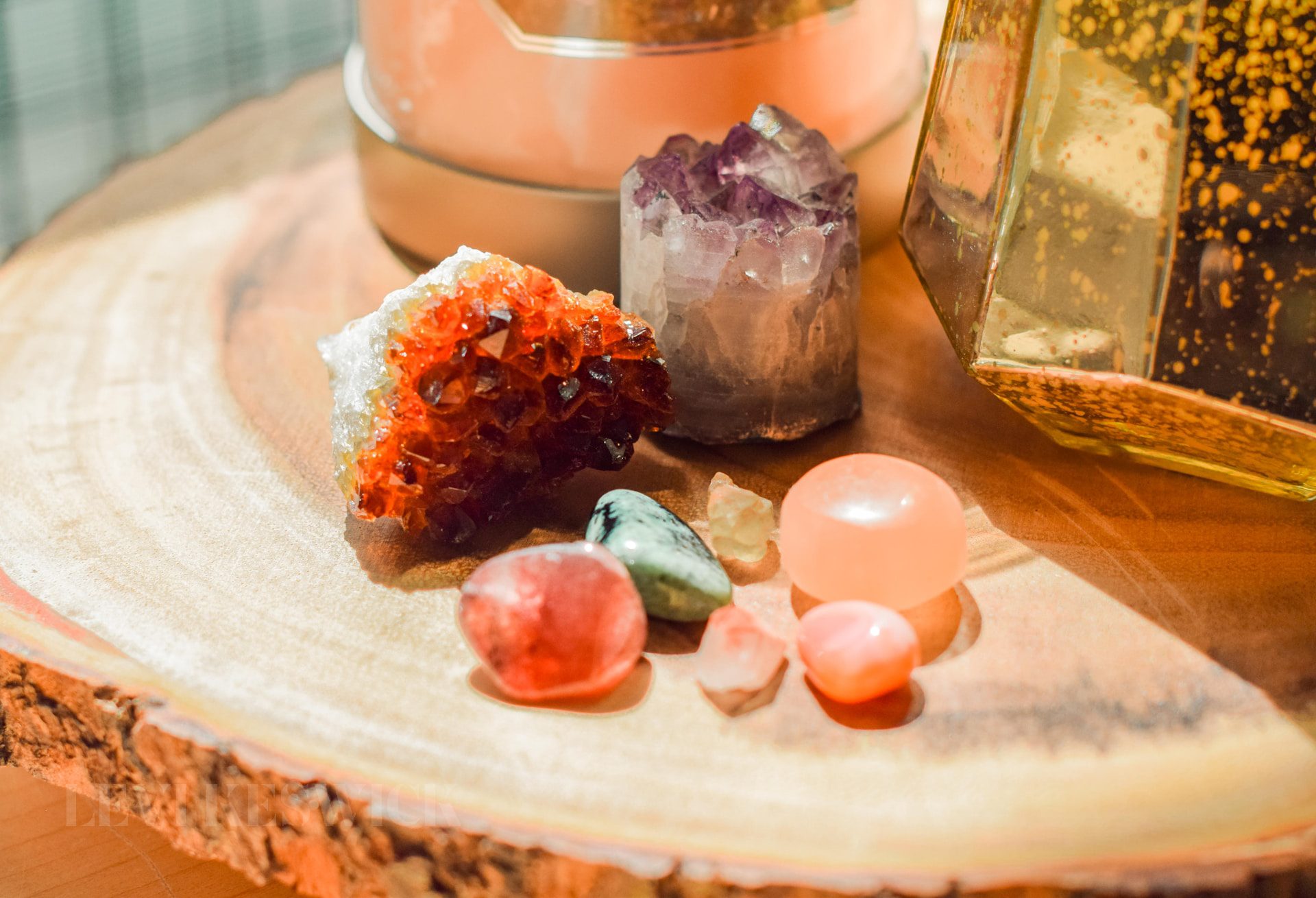Key Takeaways:
- Green minerals derive their color from iron, chromium, and occasionally manganese.
- The common green minerals include Chlorite, Actinolite, Epidote, Glauconite, Jade, Olivine, Prehnite, Serpentine, and a few others.
- The visual characteristics, such as grain, color, and texture, alongside luster and hardness, aid in identifying different minerals.
- Each green mineral has unique properties and uses, ranging from practical applications to gemstone jewelry.
The Colorful Science: What Makes Minerals Green?
Nature paints in various hues, with the mineral world being a vast canvas of colors. Notably, minerals with green hues often owe their color to the presence of iron or chromium, and in some instances, manganese. By studying a mineral’s grain, color, texture, luster, and hardness, one can successfully identify different green minerals.
Chlorite: The Ubiquitous Green Mineral
Chlorite, one of the most widespread green minerals, is rarely found alone. In microscopic form, it imparts a dull olive-green color to a range of metamorphic rocks, such as slate, phyllite, and schist. Despite its flaky structure resembling mica, chlorite is distinguishable by its gleaming rather than sparkling appearance and inability to split into flexible sheets. Its pearly luster further aids its identification.
Actinolite: The Green Silicate
Characterized by its shiny, medium-green color and long, thin crystals, Actinolite is a silicate mineral common in metamorphic rocks like marble or greenstone. Its verdant hue comes from iron. Interestingly, a well-known type of Actinolite is Jade. The related mineral Tremolite, which contains little or no iron, lacks the green color of Actinolite.
Epidote: The Gemstone Mineral
Common in medium-grade metamorphic rocks and altered igneous rocks, Epidote varies in color from yellow-green to green-black to black, dependent on its iron content. This mineral is occasionally used as a gemstone, enriching the artistic realm with its beautiful tones.
Glauconite: The Mica of Marine Sands
Glauconite, typically found in greenish marine sandstones and greensands, is a mica mineral. Unlike other micas, it forms through alteration and does not form crystals. Glauconite often appears as blue-green bands within rocks. It contributes to agriculture as a fertilizer due to its high potassium content and finds use in artist paints.
Jade: The True Green Gemstone
Two minerals, Jadeite and Nephrite, collectively known as Jade, are true representatives of the green gemstones. Found in regions with serpentinite, Jade forms under higher pressures and temperatures. Jade varies in color from pale to deep green, with less common varieties displaying lavender or blue-green hues. Both Jadeite and Nephrite find extensive use in gemstone jewelry.
Olivine: The Earth’s Hidden Gem
Found commonly in dark primary igneous rocks, Olivine usually appears as small, clear, olive-green grains and stubby crystals. When a rock is made entirely of Olivine, it’s called Dunite. Olivine, more commonly present below the Earth’s surface, is also recognized as the gem variety Peridot.
Prehnite: The Bottle-Green Beauty
A silicate derived from calcium and aluminum, Prehnite is often found in botryoidal clusters along with zeolite minerals. The mineral has a light bottle-green color, is translucent, and has a glassy luster, making it occasionally suitable for use as a gemstone.
Serpentine: The Metamorphic Marvel
Serpentine, a metamorphic mineral, is found in some marbles and more frequently in serpentinite. Its shiny, streamlined forms contrast with its typical dark olive green color. Serpentine’s presence often indicates a history of prehistoric deep-sea lavas altered by hydrothermal activity.
Exploring Other Shades of Green
In the vast world of minerals, several others also present green hues, including Dioptase, Fuchsite, Uvarovite, Variscite, and Mariposite, a green, chromium-rich variety of mica. Though not as widespread as the minerals discussed earlier, these minerals are distinct and captivating, often being found in rock shops for mineral enthusiasts and collectors.
The vast diversity of green minerals is a testament to Earth’s geological richness. Each green mineral, with its unique properties and uses, weaves an intriguing narrative of our planet’s history and the forces at work beneath its surface.








